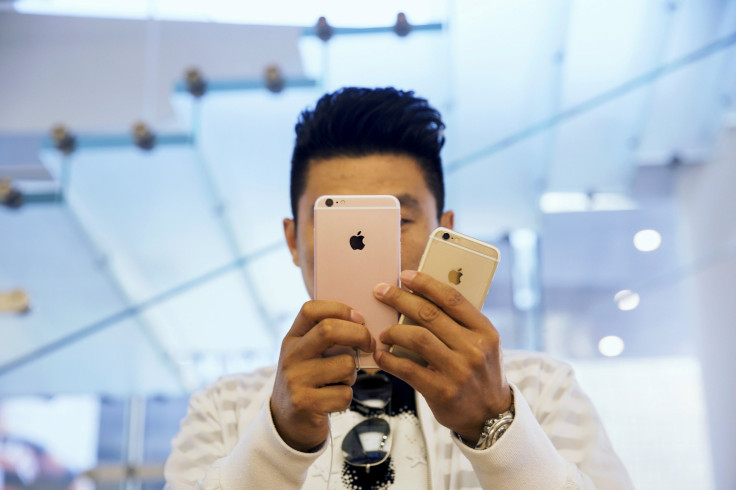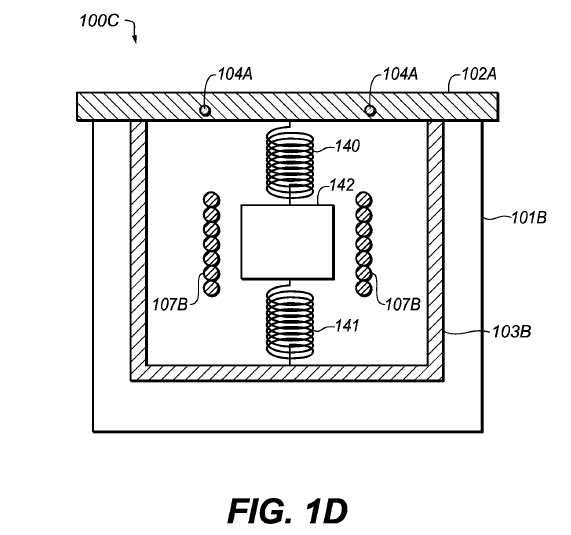iPhone 7 Rumors: Apple Inc. Patent Points To Wireless Charging Through Speaker Coil, Taptic Engine

Apple’s future iPhones may come with the ability to wirelessly recharge the battery. But instead of using separate hardware to support the tech, the company proposes using one part to play double duty as a speaker or other components.
An Apple Inc. patent application published by the U.S. Patent and Trademark Office Thursday, titled “Inductive Power Transfer Using Acoustic or Haptic Devices,” details an invention using a metal coil that could function in two modes. In the first mode, Apple proposes using the coil to produce sound waves for an iPhone’s speaker or to capture sound for a microphone. But when switched to the second state, the coil would be used to wirelessly charge a device when connected to a wireless charger.

Alternatively, Apple proposes using coils built into a force feedback component -- such as the iPhone 6S’ Taptic Engine -- to play double duty for vibration and wireless charging. Beyond the iPhone, Apple proposes using this technology in a number its devices, such as its Apple Watch, iPad and MacBook.

Wireless charging hasn’t made its way to the iPhone just yet. But it’s a feature that has arrived on a number of Android phones from manufacturers such as Samsung, Sony and LG. One reason is that when the iPhone 6 was released in 2014, wireless charging didn’t work through aluminum cases. But in July 2015, Qualcomm unveiled wireless charging tech that supports charging through materials such as metal.
It’s not the first time Apple has explored using the same parts to fulfill different functions. In 2013, the company filed a patent application for a device that uses the same circuitry for both wireless charging and near-field communication features.
As with most of Apple’s patent applications and filings, it’s unknown if or when it plans it use the invention in one of its devices. Apple filed the patent on April 4, 2014, and credits engineers Justin D. Crosby, Nikolas T. Vitt and Gary P. Geaves for the invention.
© Copyright IBTimes 2024. All rights reserved.






















